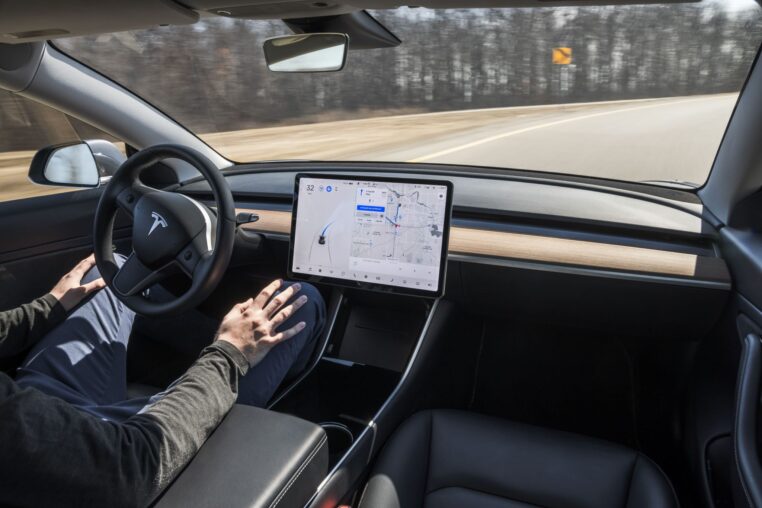What is Reinforcement Learning?
Reinforcement Learning (RL) is a type of machine learning where a computer learns by trying things, getting rewards for good actions, and penalties for bad ones. It’s just like how babies learn to walk or play a new game!
How Does Reinforcement Learning Work?
There’s a learner called an agent and the world it interacts with is called the environment.
The agent performs an action → gets feedback → learns from it.
Good actions = reward (like a treat),
Bad actions = penalty (like losing points).
Over time, it remembers what worked well and avoids what didn’t — becoming smarter after every try.
How is a Reinforcement Learning Model Trained?
Let’s say we want to train a robot to stack boxes in a warehouse:
-
The robot (agent) tries different moves.
-
The system records what happens:
-
Box stacked? ✅ Reward
-
Box dropped? ❌ Penalty
-
-
These experiences are stored as training data.
-
Algorithms like Q-learning or Deep Q-Networks (DQN) update the robot’s brain (its “policy”).
The model doesn’t need a fixed dataset like in supervised learning — it learns by doing and builds its knowledge from trial and error.
Does the Computer Want Rewards or Punishments?
🧠 The computer doesn’t “feel” anything — but it’s programmed to maximize rewards.
It follows this rule:
“Choose actions that give me the most points in the long run.”
So while it doesn’t want rewards emotionally, its goal is to get more of them, and to avoid penalties. Just like playing a game where you try to beat your high score!
When Do We Use Reinforcement Learning?
-
Self-driving cars learning safe routes
-
Robots learning to walk or move
-
AI beating humans in games like chess or Go
-
Apps recommending videos you’ll love
Final Thoughts
Reinforcement learning is like teaching a curious child — not by giving answers, but by letting them try, fail, and learn. It helps machines get smarter by learning from experience, guided by the simple idea: more rewards = better behavior.


